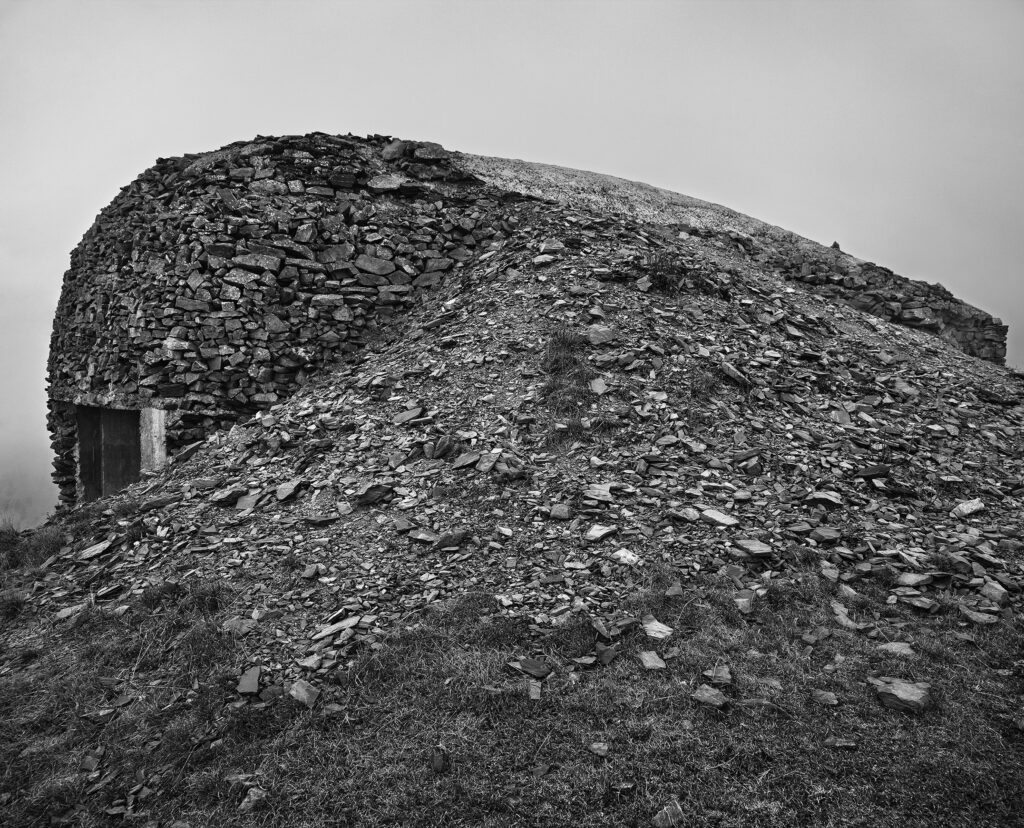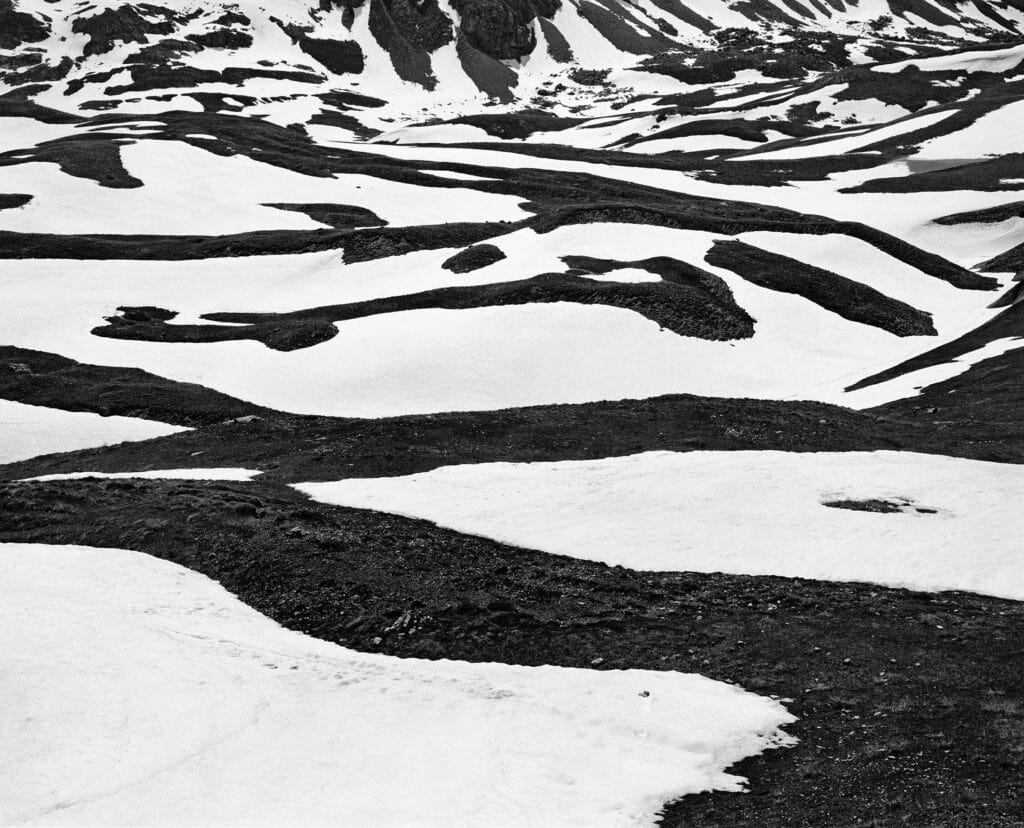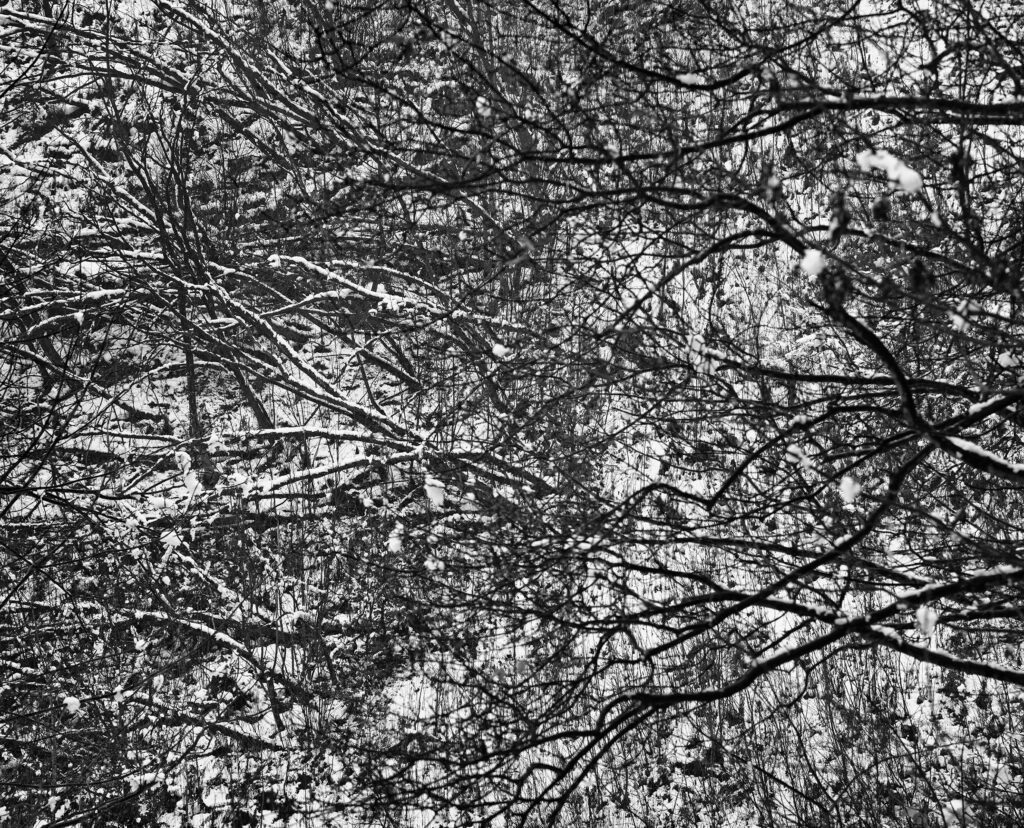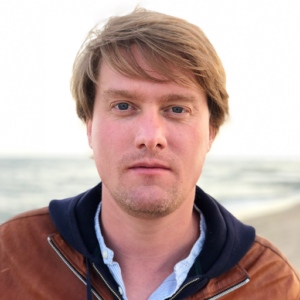Jean Gaumy is a “true shy man”, but to take a photograph he often has to “get within three meters or less”. A variation on Robert Capa’s precept – “If your photo isn’t good enough, it’s because you weren’t close enough” – that’s enough to make you smile. Yet it has shaped his style. And this way of seeing our world, in the intimacy of people, through scenes taken on the spot, in complex compositions, has become a kind of second nature. Jean Gaumy speaks of tracking down concomitances. “It’s the dog coming up on the left, the two guys about to shake hands, the old lady at the back, and a car going by…”
This time, for “D’après Nature” (a project begun in 2003), the photographer turned to mountain landscapes where, at first glance, nothing is happening. As if to confuse the issue. He followed the tracks leading to the peaks of the Alps. “Four or five parallel valleys that run east-west, climb up to 2000m, and aren’t very popular.” By walking for days on end, going from one refuge to another, sometimes descending to the village to meet up with a few friends, Jean Gaumy has produced images that reveal shapes, lines and silhouettes in nature… In medium format. “To have a slower rhythm. These are days when things suddenly impose themselves, give themselves to you. You ‘recognize’ them.”
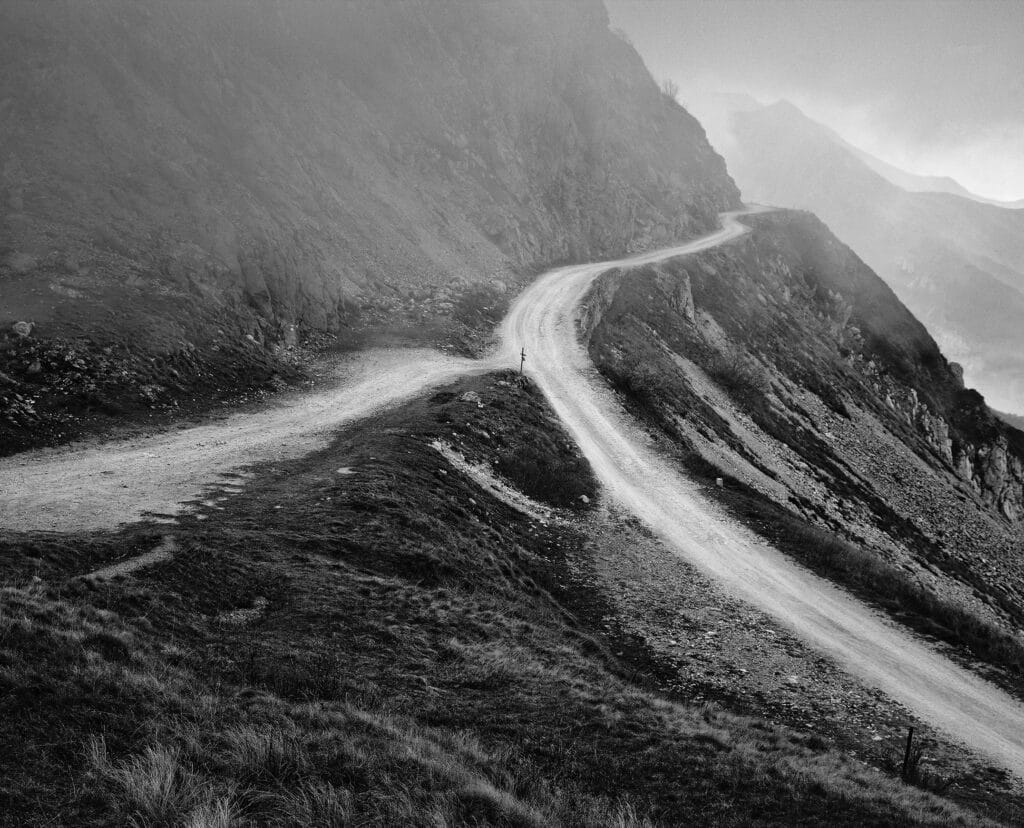
Landscapes and imagination
In these black-and-white photographs, at once extremely graphic, sometimes bordering on the abstract, but also intimate, you can often make out what you want. This is also the power of photography: to appeal to the viewer’s imagination, forcing him or her to look more closely, when our world pushes us to merely glimpse. In these images, we can appreciate the photographer’s personal history, his culture, his past, and the human bonds he has created. For him, these images are first and foremost the fruit of an impregnation, a motley mix of elements that “beckon” to him. Jean Gaumy knows the mountains well, especially the Alps’ little sister in the southwest of the country. “My childhood was in the Pyrenees. My family lived in Toulouse. We were very often in Ariège, the land of my great-grandparents. All this, everything that makes these images so beautiful, seems like déjà vu that he couldn’t have photographed before.”
Until this project, and this eponymous book, published in 2010 by Xavier Barral. “These are all images that come back to me from before. But that’s not all. Certain paintings by Andrew Wyeth, “Down Hill” or “Winter Monhegan”, discovered a few years ago thanks to Michelle, my wife. Renaissance paintings, with their interiors featuring windows, doors and openings that open onto tiny landscapes. In fact, they’re the ones that most often interest me. Pollock’s interlacing trees and branches come to mind. Cinema (black and white, of course!): Carl Dreyer, Arne Sucksdorff, Andreï Tarkovski. Literature too: Jean Giono, Julien Gracq, Charles-Ferdinand Ramuz…”
Jean Gaumy refers to his book D’après Nature as a “decisive memory“. The man, who has been a member of the French Académie des beaux-arts since 2016, is witty, and like his elders, has a real sense of formula. It’s a gymnastics nurtured by meetings and enlightened discussions. When a member of the Académie des Sciences approaches him and asks “Why are human beings always attracted to beauty in the course of their evolution?”, he replies: “There are certainly avenues for reflection in sociology and art history, but it may also have something to do with the biology you specialize in: a necessity for survival.”
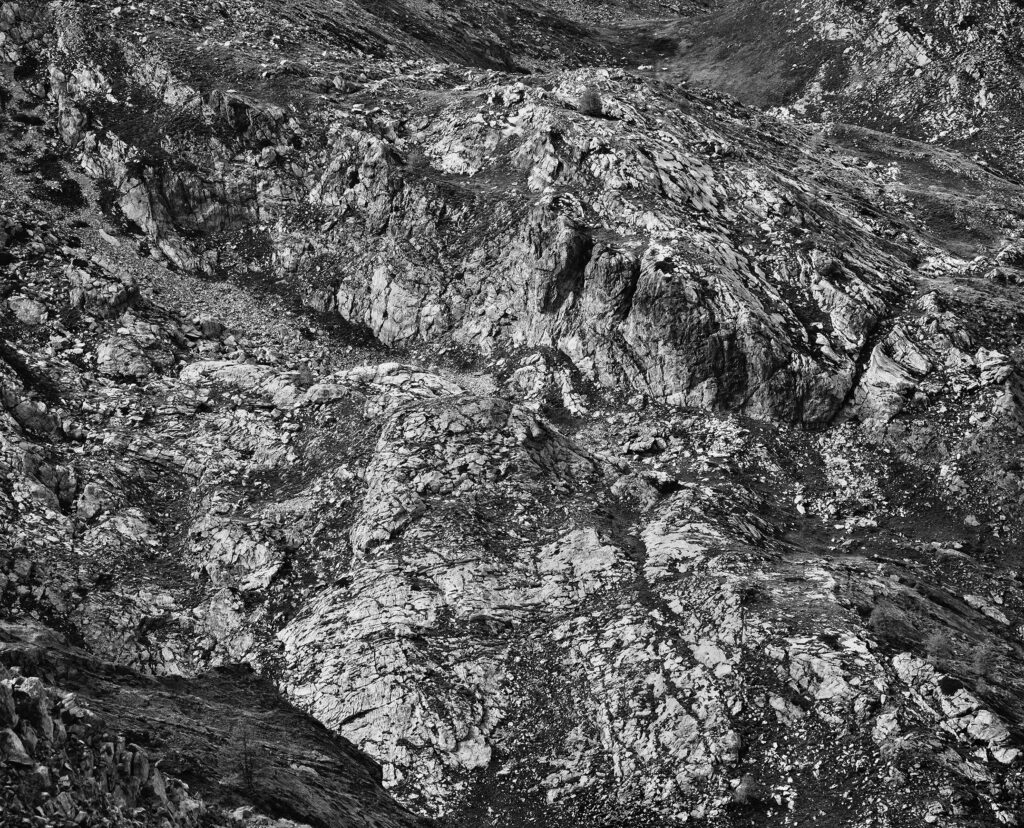
« Jean Gaumy, D’après Nature ». February 2nd to April 23, 2024 at galerie Sit Down, in Paris.

